“Isn’t is dangerous?” is the first question when I mention my trip to Chernobyl und Pripyat in 2017. No, it is not. During a cross-Atlantic flight a person is exposed to a 10 times higher dose. When reactor 4 exploded on April 26th 1986, the 160-ton concrete lid was blown off, releasing a radioactive cloud of plutonium and other deadly nuclear isotopes into the atmosphere. The wind carried the radioactive cloud northwest, away from the town of Chernobyl. So it was spared the fate of Pripyat, now a ghost-town.
Trips to the exclusion zone are organized by various operators in Kiev. On the Ukrainian side trips to the 2600km2 exclusion zone started in 1999 . This is an area that was fenced off after the tragic accident. In 2017 approximately 20.000 visited the zone. The exclusion zone in Belarus, north of the reactor, is much worse off. About 70% of the radioactive fallout from the Chernobyl disaster landed in Belarus, heavily contaminating one-fourth of the country. More than 2,000 towns and villages were evacuated, and about a half-million people have been relocated since 1986.
Most visitors book a one-day trip from Kiev, which rushes them through Chernobyl, Pripyat and the abandoned villages. I joined four guys for a two-day trip, which allowed us to spent a lot of time in those places and at Duga3, a once gigantic complex, top-secret radar system. To wander through the deserted town of Pripyat , now overgrown by vegetation, at dawn was special. Equally exciting was finding our ways through the endless corridors and rooms of Duga3.
The drive to the exclusion zone is quite scenic, especially in fall when the trees turned colors and the clouds hung low.
The area was fenced off in the aftermath of the accident and all visitors must register when entering. Only those travelling with guides are allowed in, but many do so illegaly, stay overnight in in Pripyat, party all night and Steak out again.
It took Moscow almost three days to admit the explosion. An even after the disaster made it into the Russian media, it was down-played. A tiny articles mentioned this unprecedented supergau. At the same time it was on the front page of the New York Times.
Like kamikaze fighter, Soviet soldiers, miners, divers, firemen and helicopter pilots battled against the reactor’s melting core. A second explosion would have wiped out western Europe and left it a toxic wasteland for tens of thousands of years. The cost were horrendous. An estimated 5,000 of them later died agonising deaths from radiation poisoning.
The sarcophagus that covers reactor 4 could be seen from afar when we approached on the empty road, but I did not realize what was. What I remembered was the old sarcophargus, the new one had just been put over it the year before. The road follows a small river that was used for the cooling system. Nothing reminds of the accident from that perspective. The plant looks brand-new and controlled.
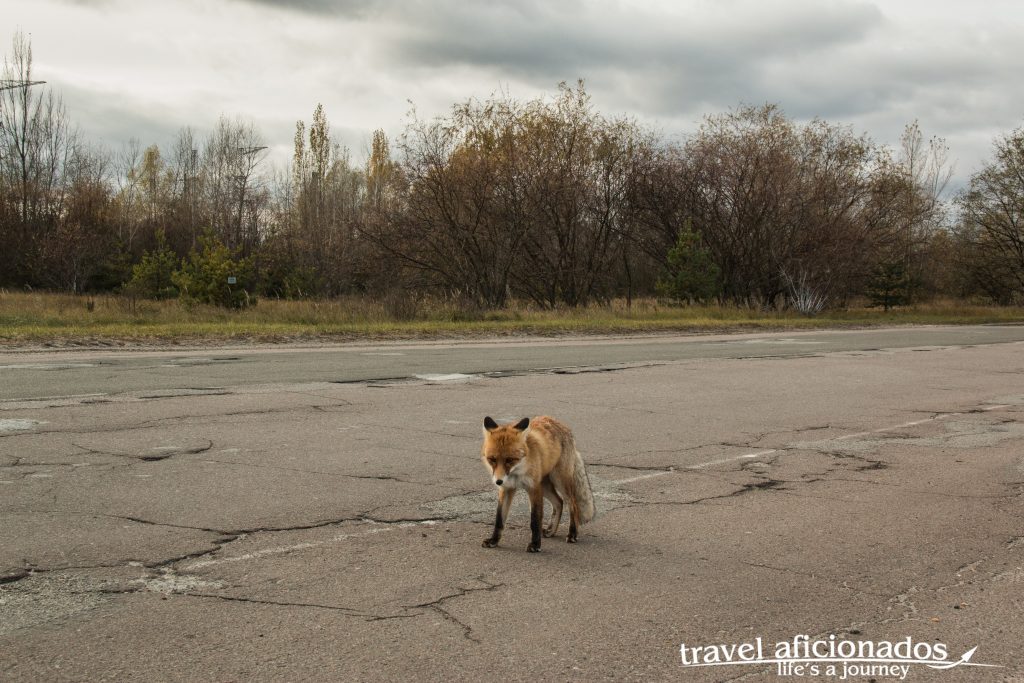 Lonely fox, the only traffic on the road to the reactor
Lonely fox, the only traffic on the road to the reactor
Before we arrived at reactor 4 we passed a fifth reactor that was almost finished when the accident happened and the cooling tower for reactor 6 that was one under construction then. That area around the cooling tower is still heavily contaminated, we measured 30 Roentgen on our Geiger counters.
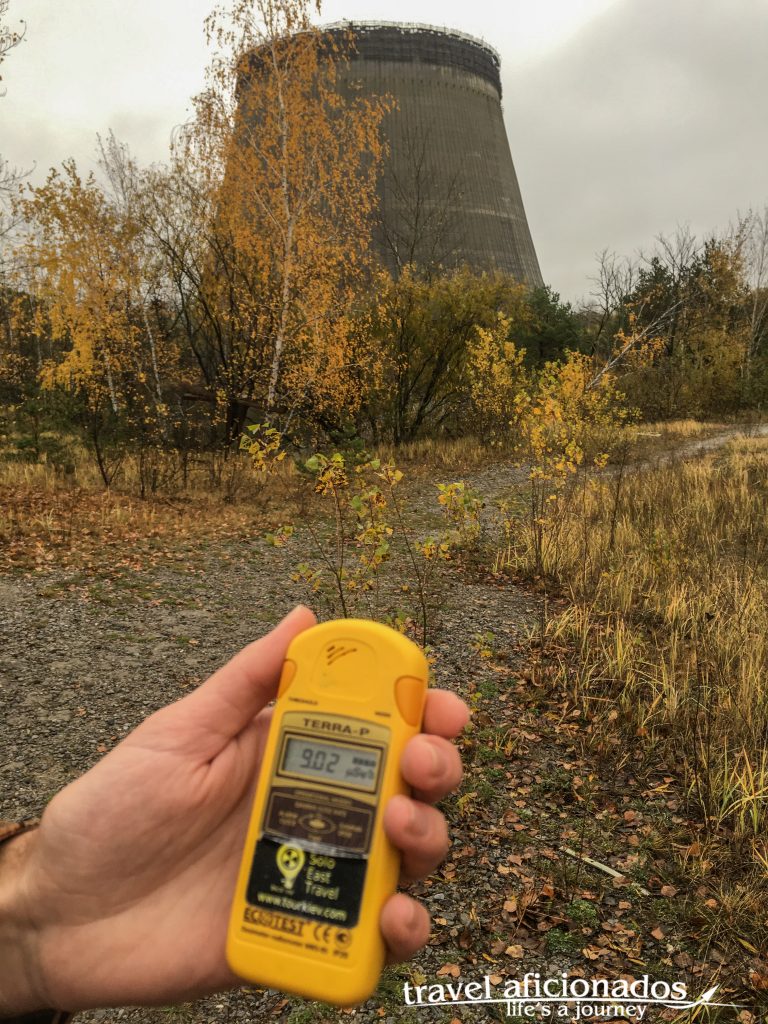
Reactor 5, it was almost finished when the explosion in reactor 4 happened. Geiger counter went up 35 Röntgen
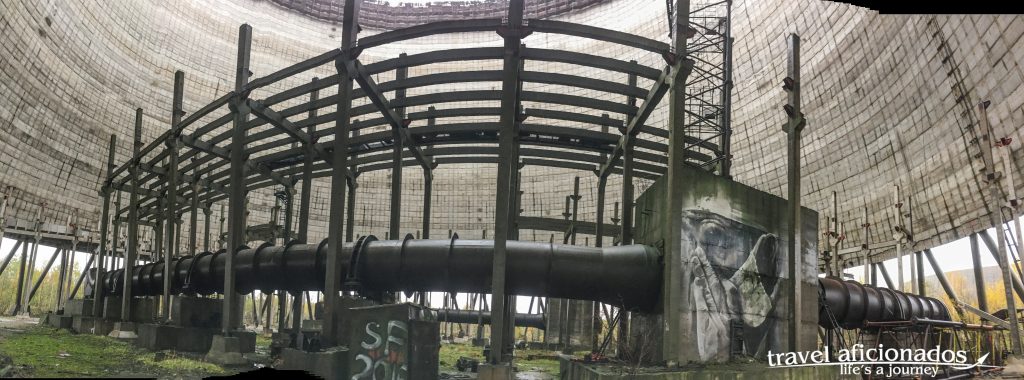 Inside the unfinished cooling tower of the planned reactor 6.
Inside the unfinished cooling tower of the planned reactor 6.
But Chernobyl itself is far from dead, it is quite alive. Before its evacuation, the city had about 14,000 residents. Nowadays 2500 engineers, labourers, technicians, electricians and atomic specialists guard the reactors. They rotate in 15 days shifts and then leave the exclusion zone in order to minimize exposure. Although reactor 1+2+3 were shut down in 2000, the rods have to be kept in pools. They will be moved to and stored at a new site nearby over the next eight years. Only 2500 rods can by moved in a year, so the total shut down of the plant is scheduled for 2064. All these activities keeps 25% of the town in use. Doctors and nurses look after the workforce, likewise shop and bars. Some apartment buildings house the staff and the quaint hotel caters to tourists.
Sarcophagus still in trouble
I did not get to see the old sarcophagus that was constructed by those doomed Soviet volunteers after the explosion. Now a giant rubber-and-steel sheath covers the reactor. The project is not finished and was paid by 42 different countries and supervised by the EU, but now the money has run out. The estimated costs of 880 millions have long been exceeded, so far 2 billions were spent according to our guide. Presently 1000 workers, who work in shifts are busy with insulating it. Locals are also frustrated about the fact that the French company who was granted a major contract passed this down to subcontractors who passed it down to subcontractors. This leaves an insulting gap in the salary between a French employee (US 25.000 a month) and a Ukrainian worker who does the job for US 500.
Chernobyl Memorial
A very touching moment was when we passed the former station of the fire-fighter of Chernobyl. they were the first to arrive at reactor 4 and almost of them died within months. I had visited the Chernobyl Museum in Kiev before I left for the exclusion zone and learned a lot about them.
First on the scene was a Chernobyl Power Station firefighter brigade under the command of Lieutenant Volodymyr Pravik, who died on 9th May 1986 of acute radiation sickness. It is not clear whether the liquidators, as they were called, knew how deadly their mission was.
The immediate priority was to extinguish fires on the roof of the station and the area around the building containing Reactor No. 4 to protect No. 3 and keep its core cooling systems intact. The fires were extinguished by 5:00, but many firefighters received high doses of radiation. The fire inside reactor 4 continued to burn until 10 May 1986; it is possible that well over half of the graphite burned out.
The fire was extinguished by a combined effort of helicopters dropping over 5,000 metric tons of sand, lead, clay, and neutron absorbing boron onto the burning reactor and injection of liquid nitrogen. The Ukrainian filmmaker Vladimir Shevchenko captured film footage of an Mi-8 helicopter as its main rotor collided with a nearby construction crane cable, causing the helicopter to fall near the damaged reactor building and killing its four-man crew.
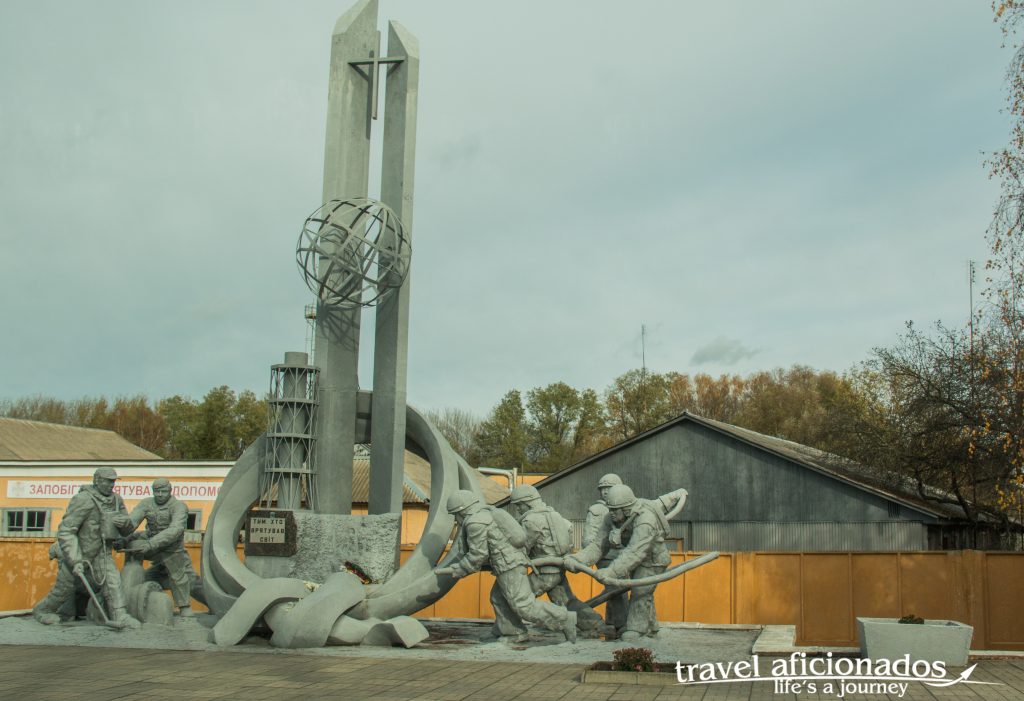
Memorial for Chernobyl fire-fighters, the first to arrive at reactor 4 after the explosion, most of them died within months
When leaving the exclusion zone everybody has to pass through detectors that measure whether you are contaminated. This huge iron machines look ancient and I wondered if they were reading anything at all.
To this day nobody can claim how many people died due to this horrific nuclear disaster, testimates run from 10.000 fatalities others put the death toll into six figures.

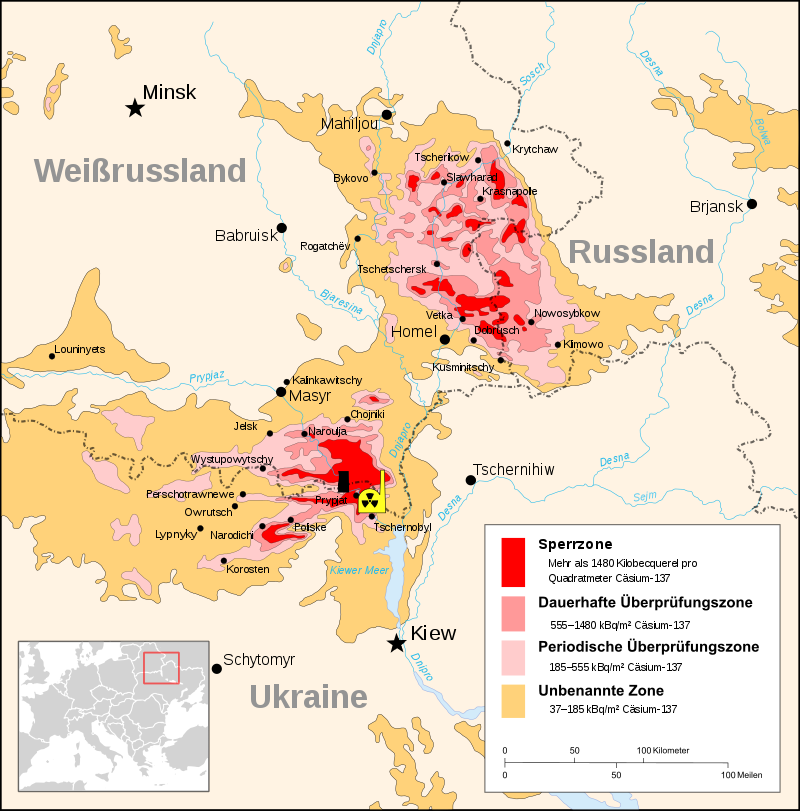
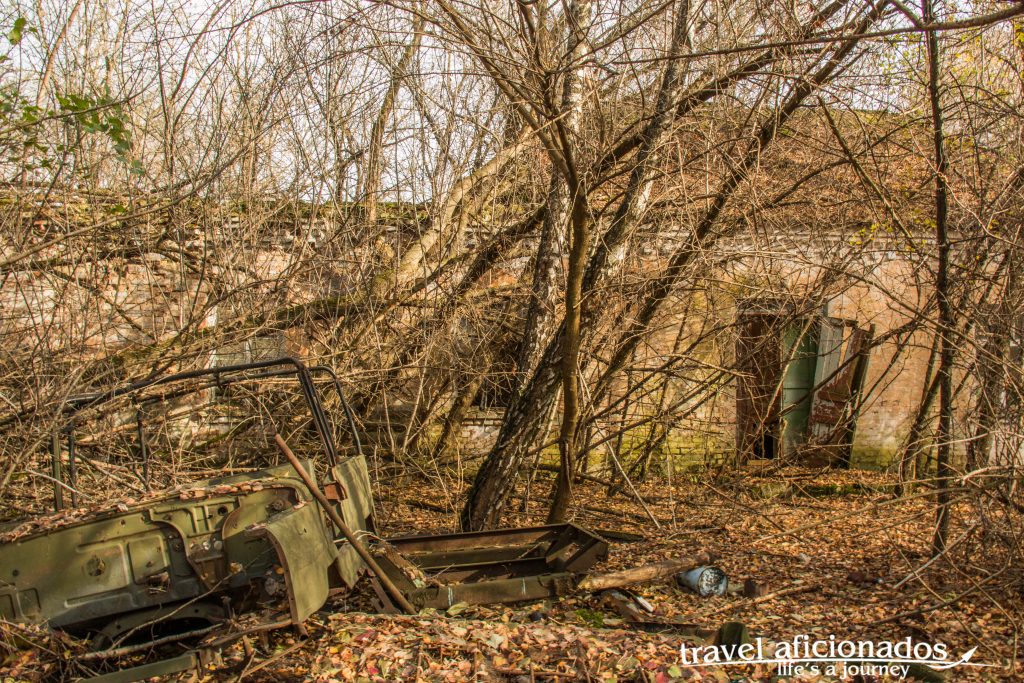
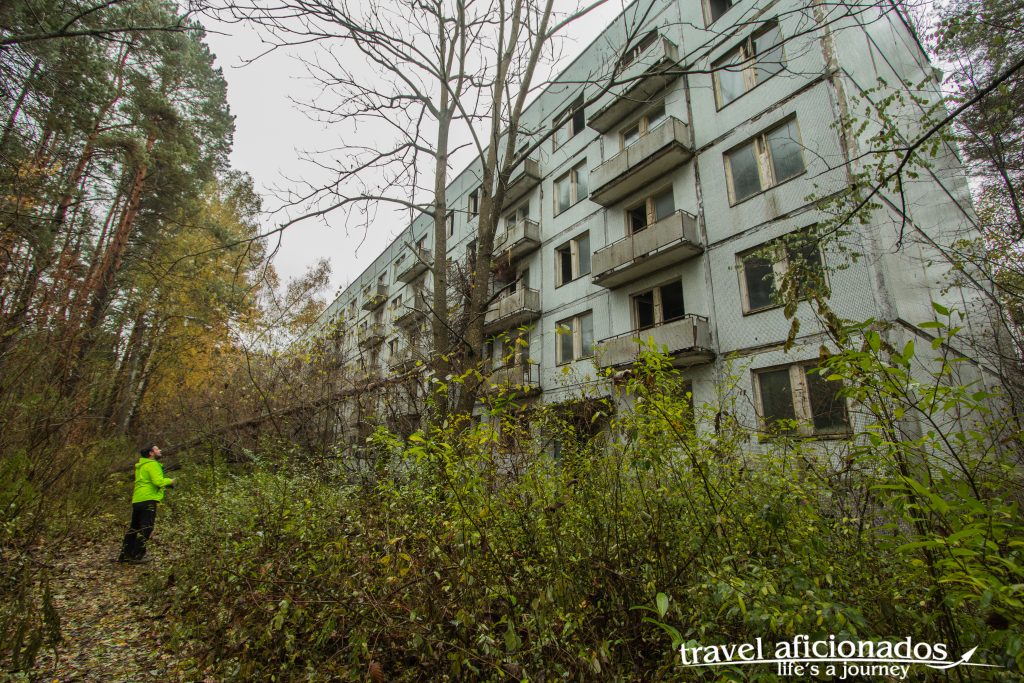
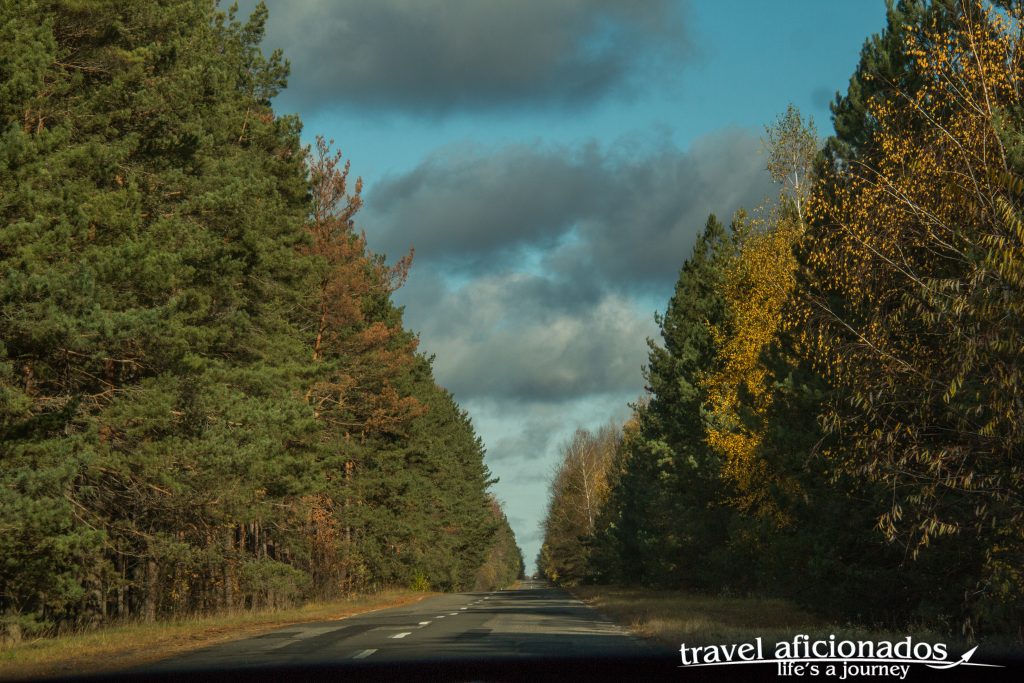
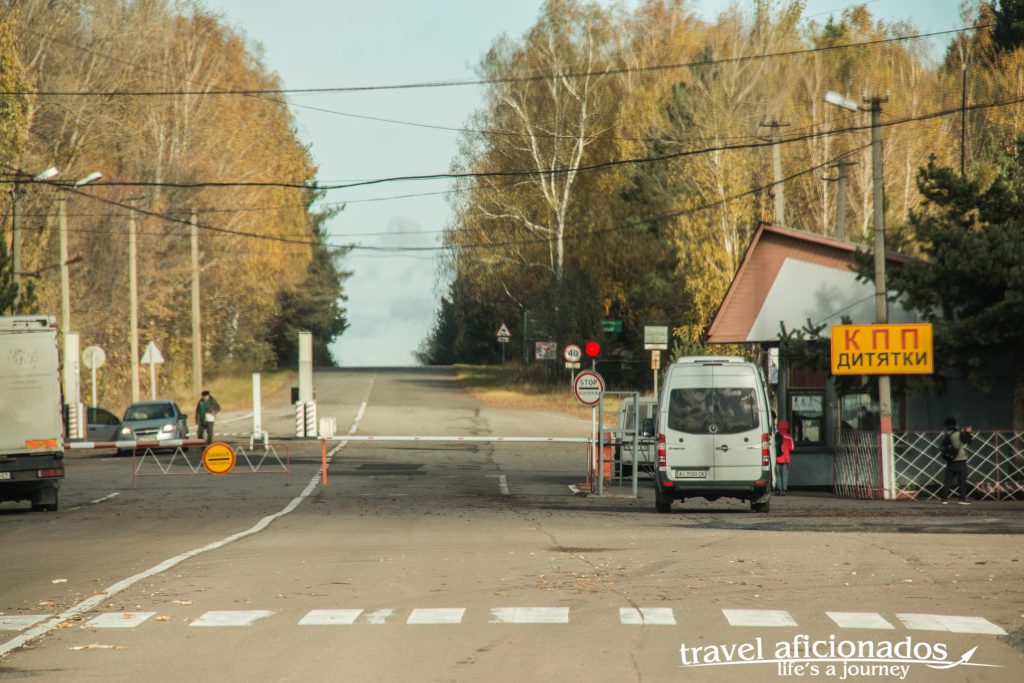
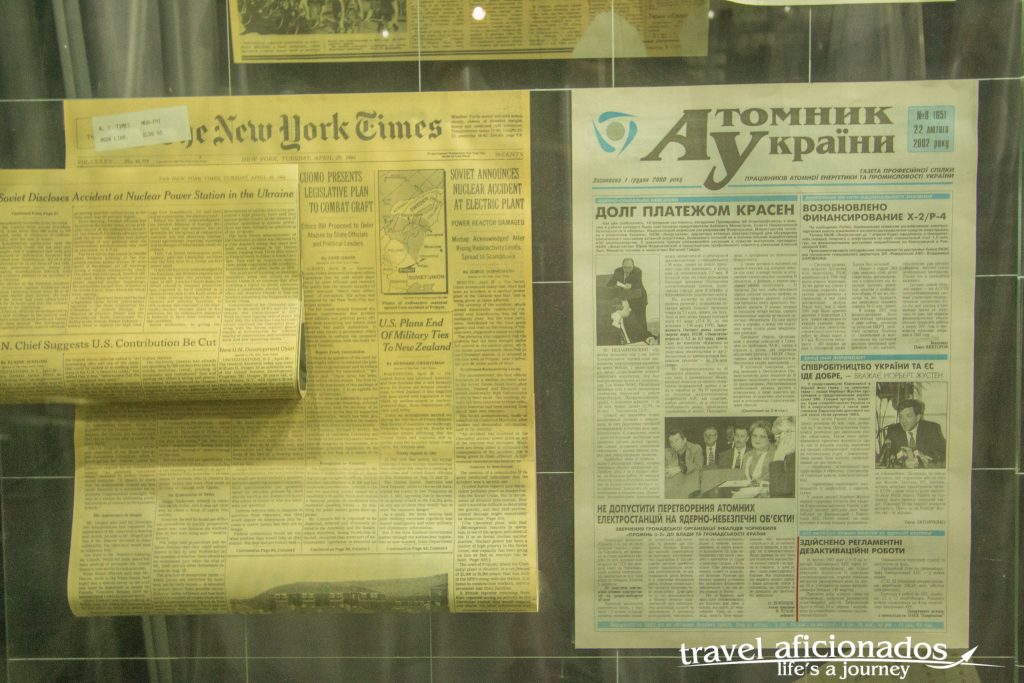
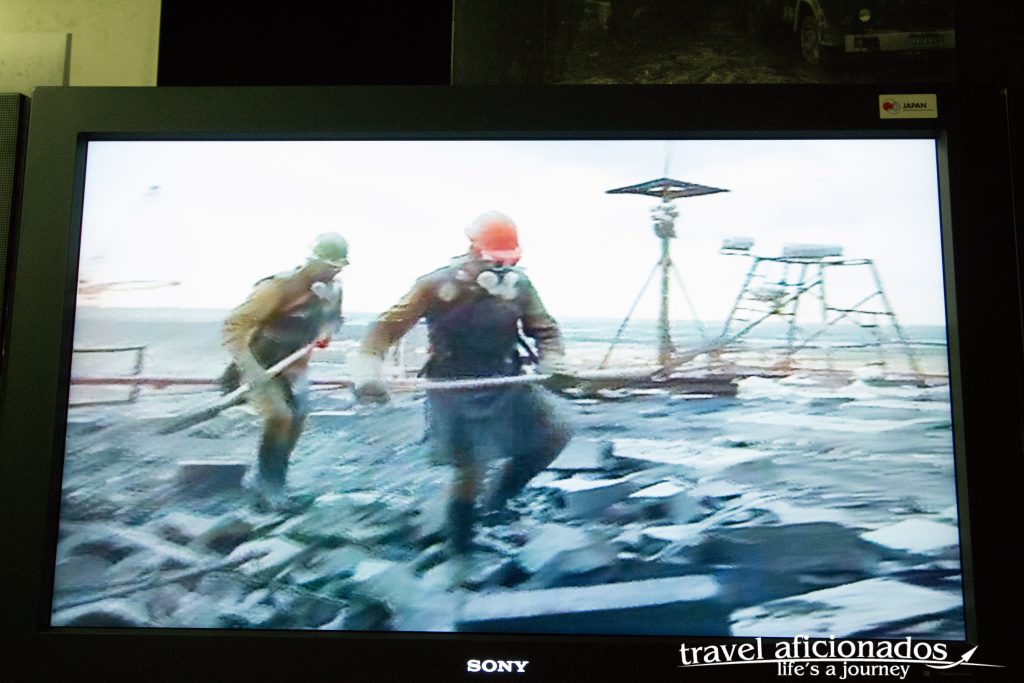
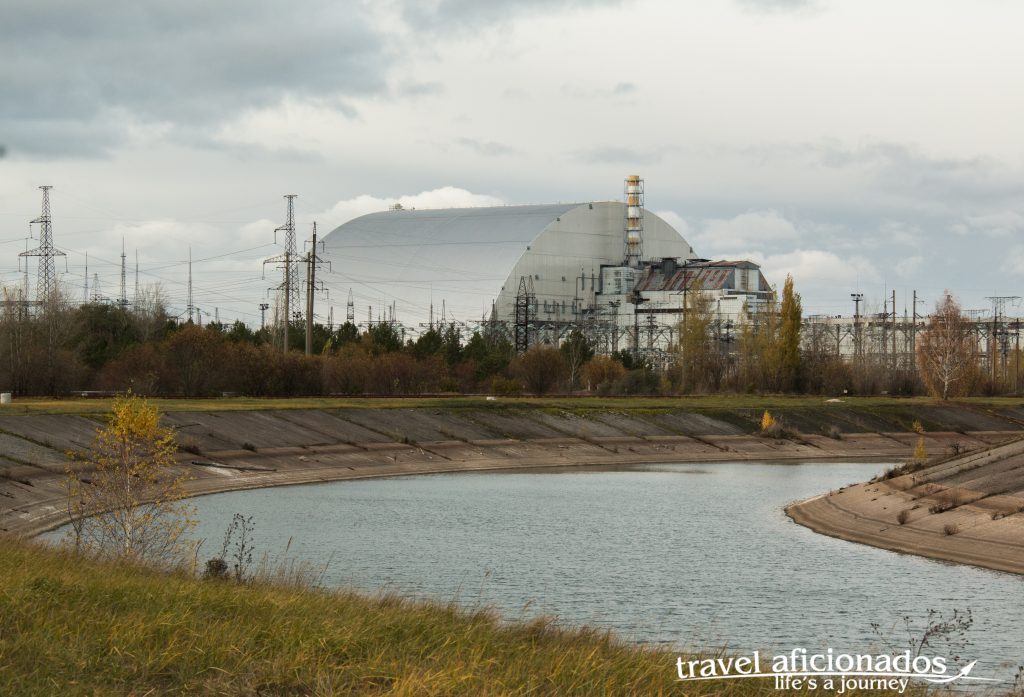
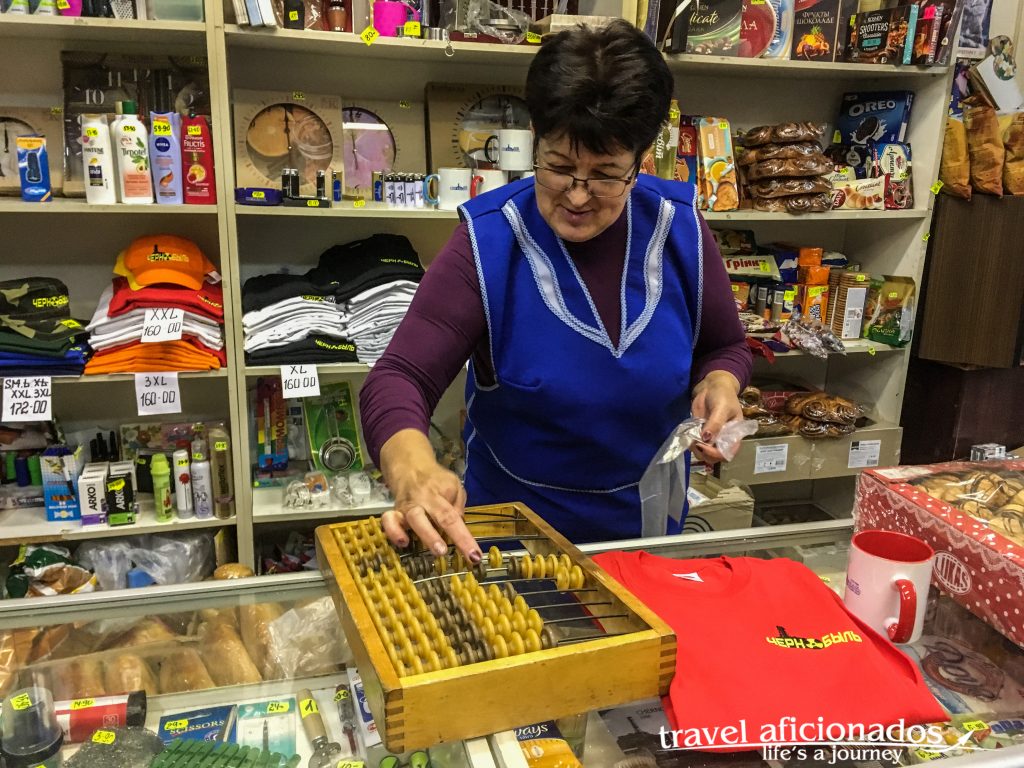
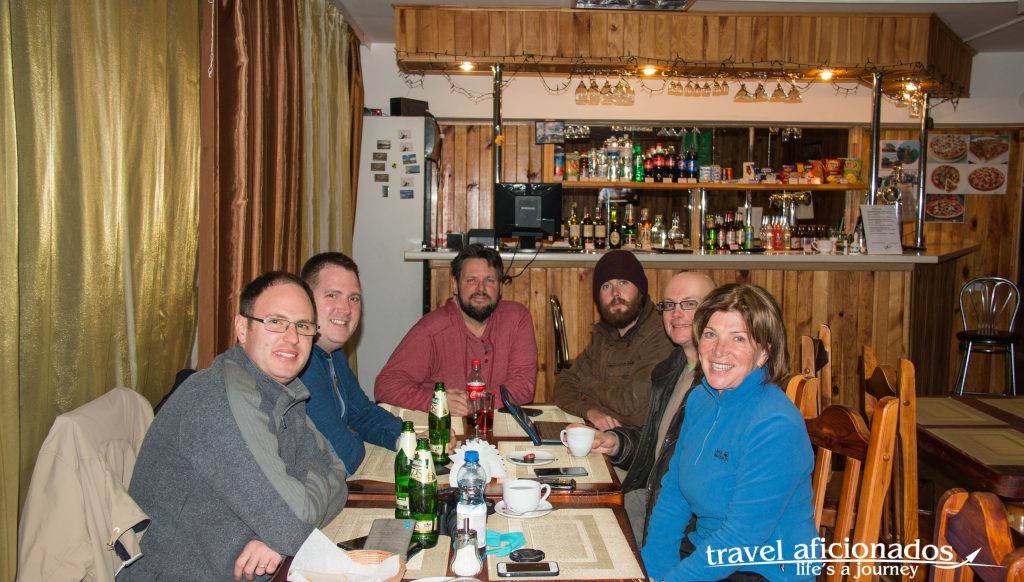
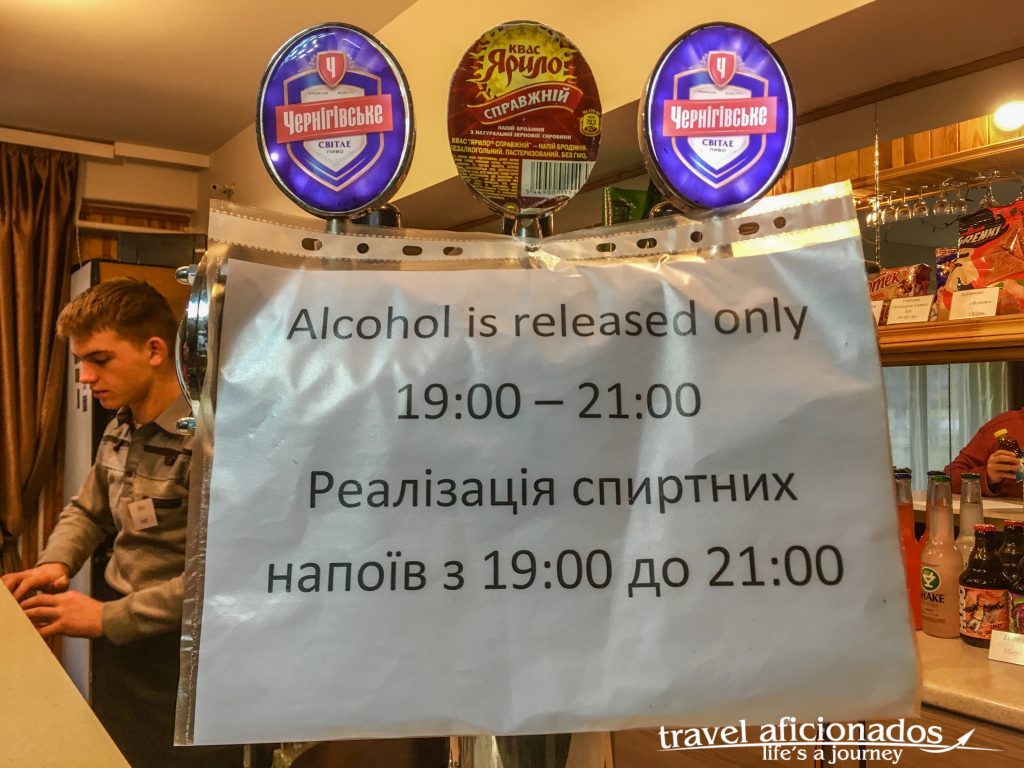
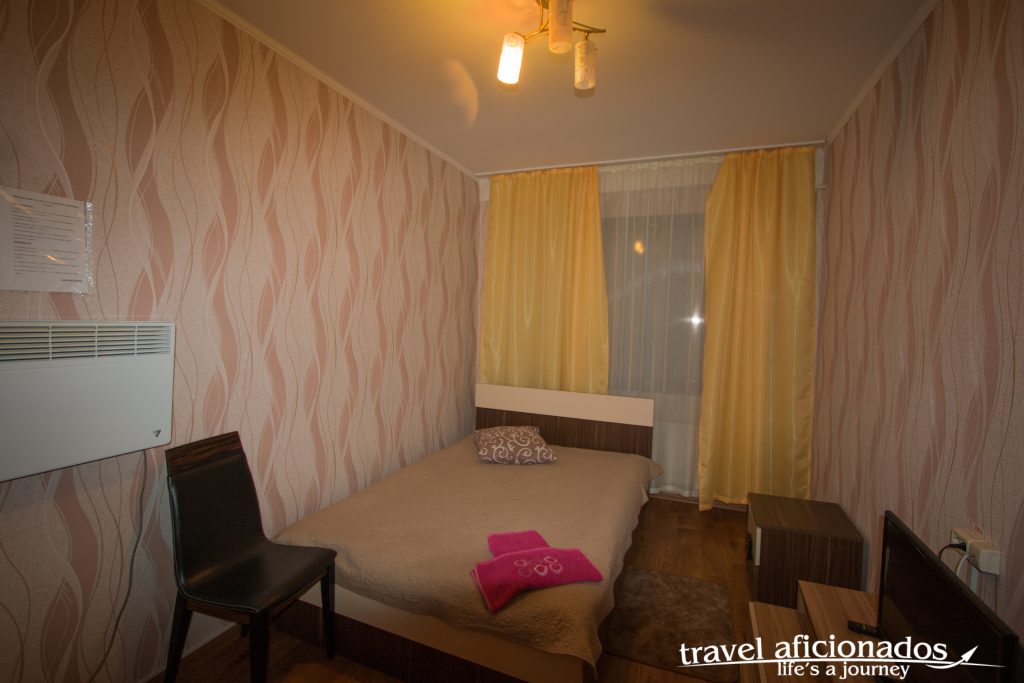
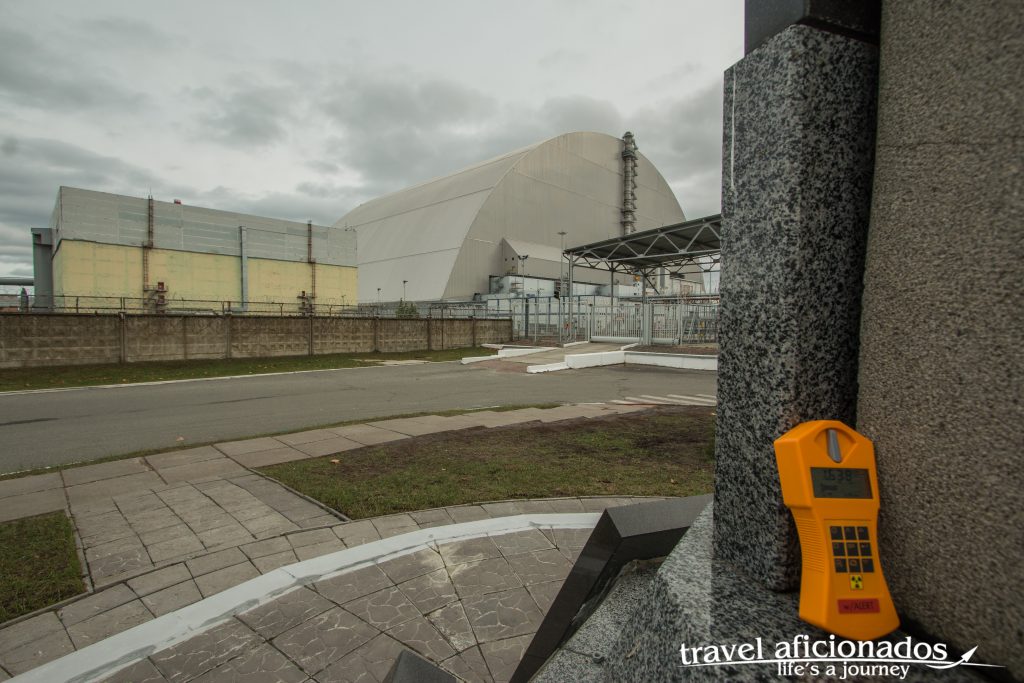
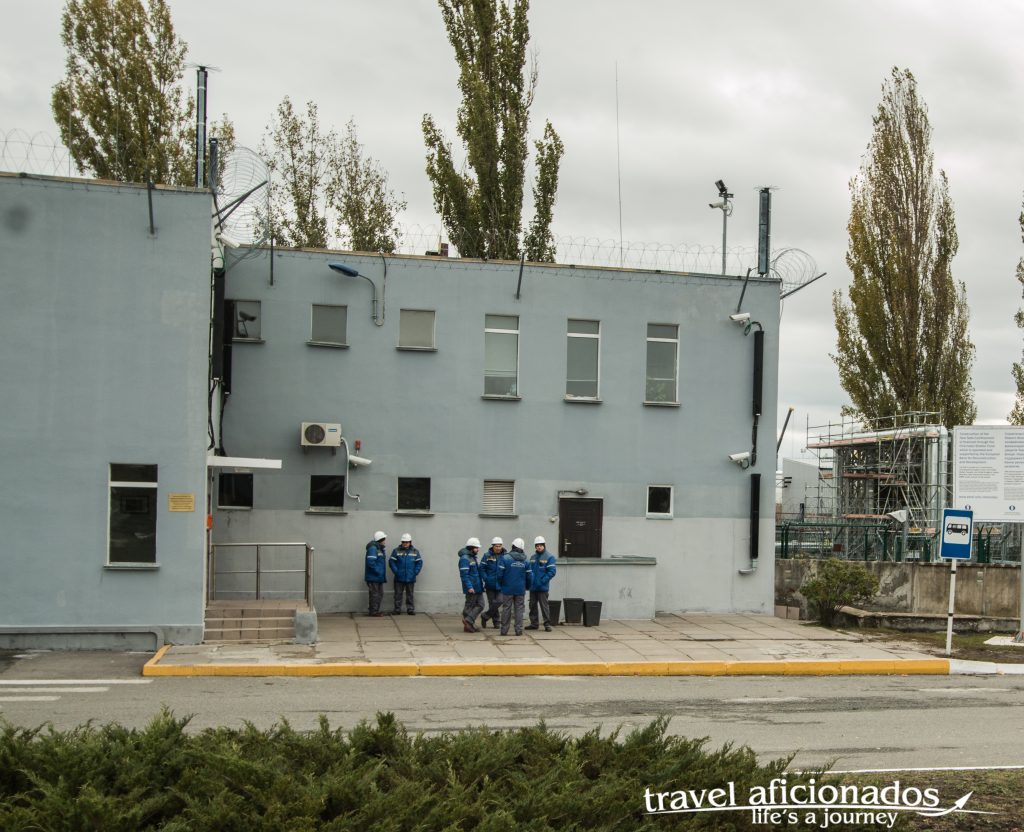
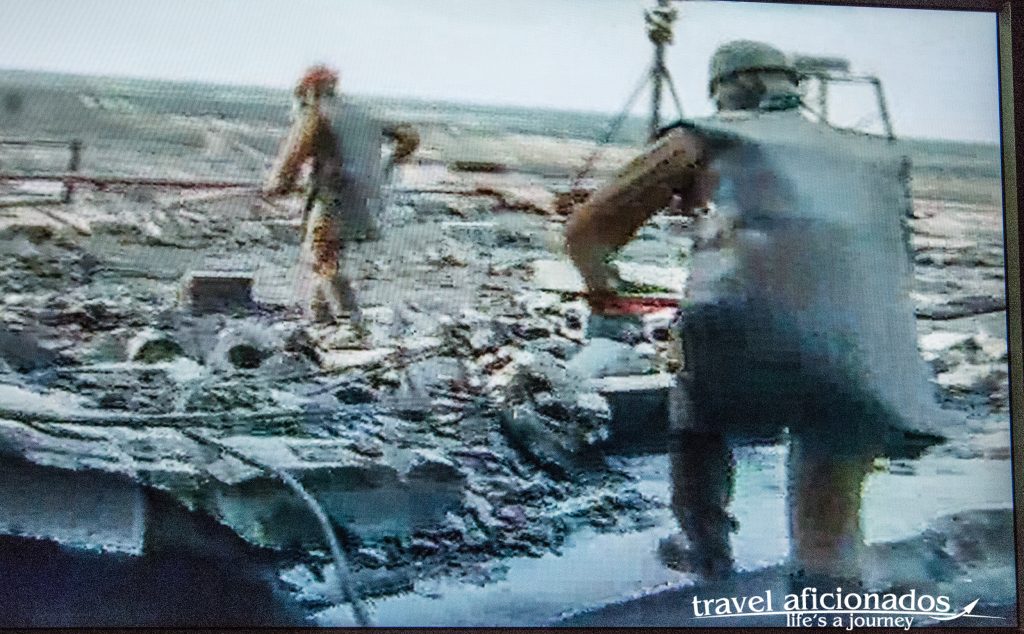
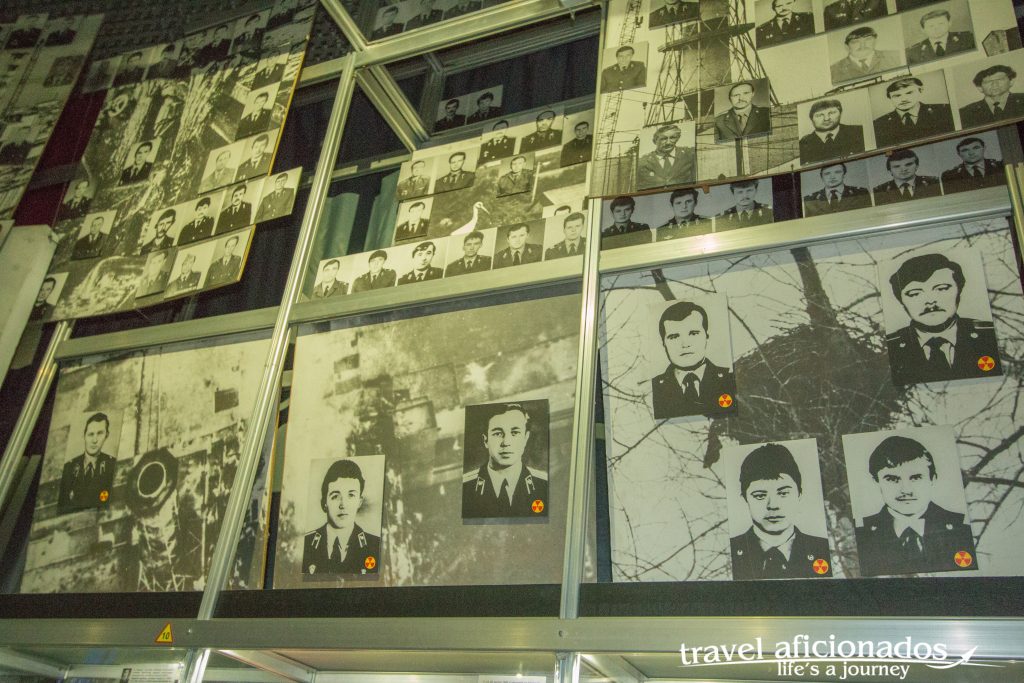
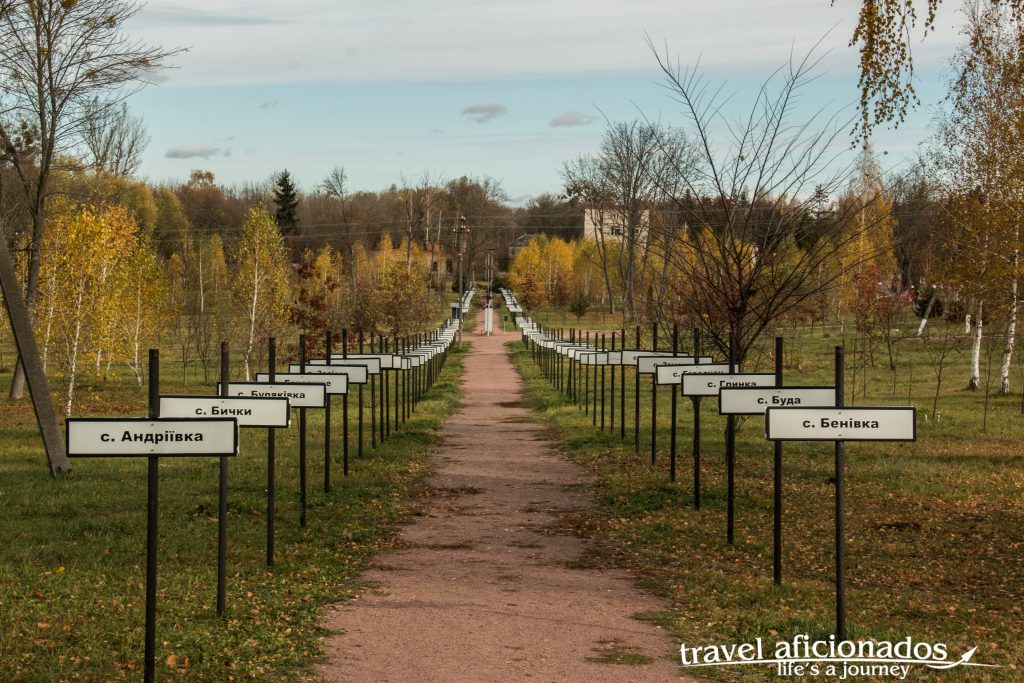
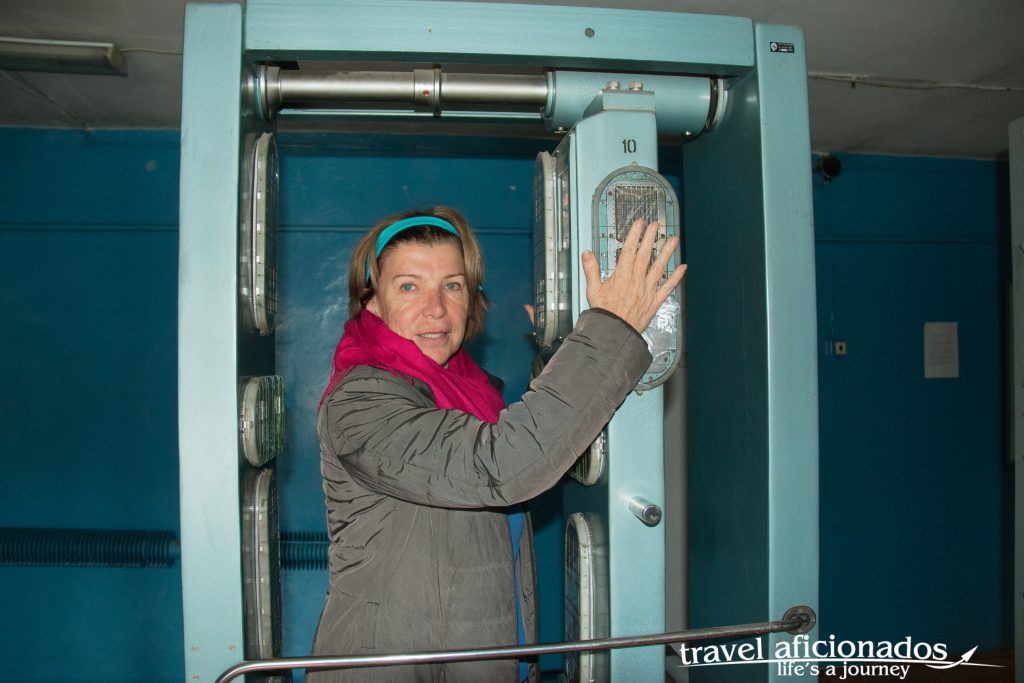
No comments yet.